The Hackaday 10th anniversary is going great guns. Attendees have already built line following robots with [Adam Fabio], learned lockpicking with [Datagram] and [Jon King]. [Jame Hobson’s] team is building an awesome video game controller. The attendees are currently building LiPo battery chargers. [Todd Black] gave a great presentation on the care and feeding of LiPo batteries. He designed and built a PCB just for this event!
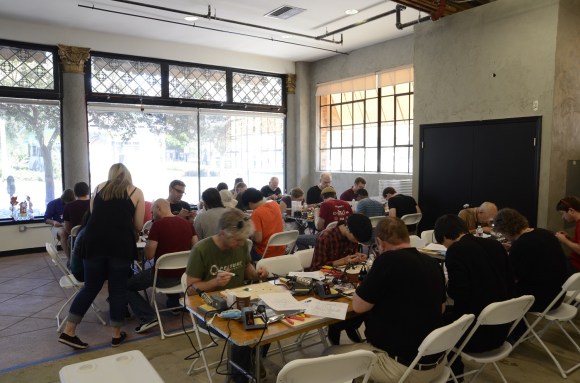
Some familiar faces are on hand, such as [Chris Gammell], [Bil Herd], as well as the entire Hackaday editing team!
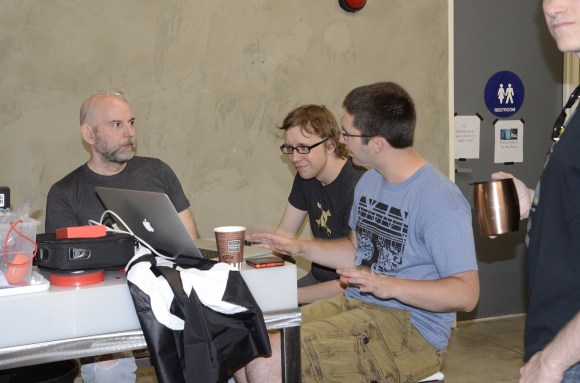
Still to come are talks by [Steve Collins], [Quinn Dunki], [Jon McPhalen], and [Thundersqueak].
Want to check out the live view? Click our Hackvision streams!

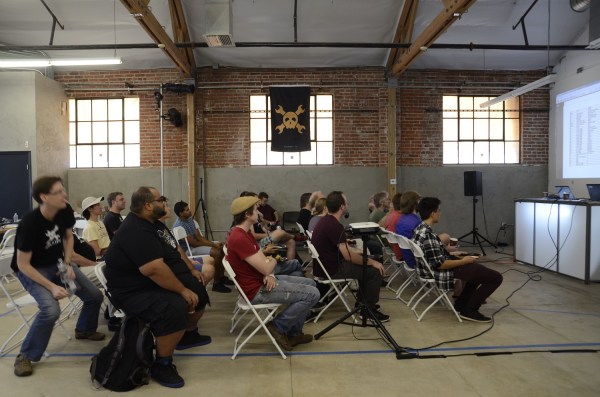
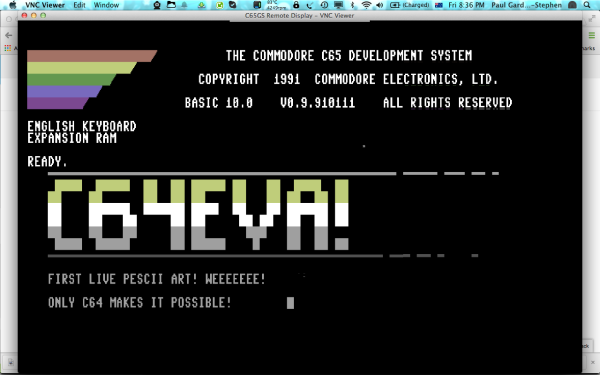
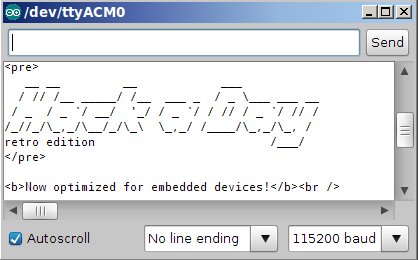
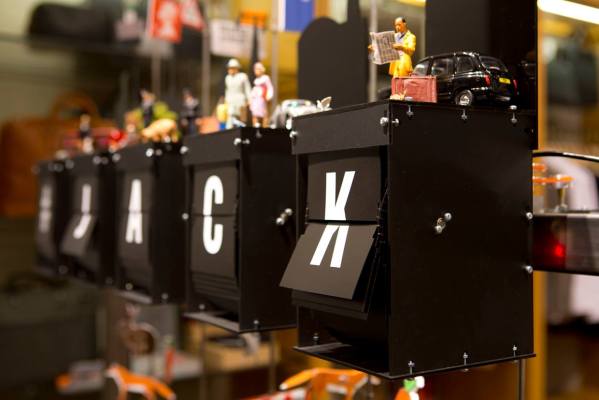
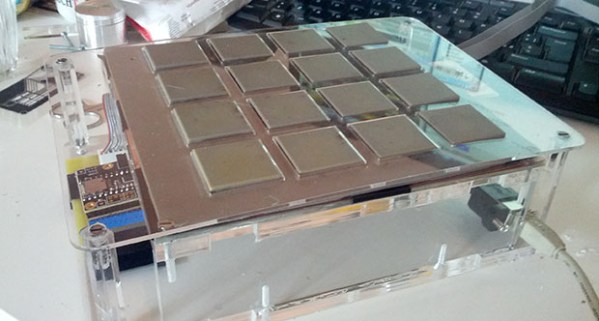
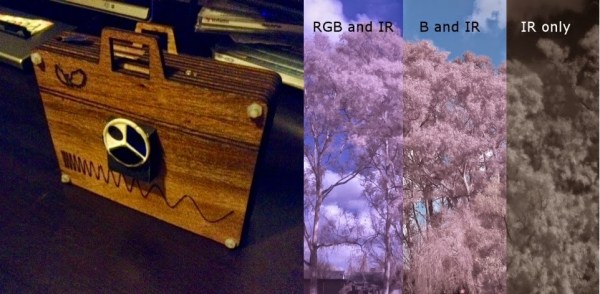
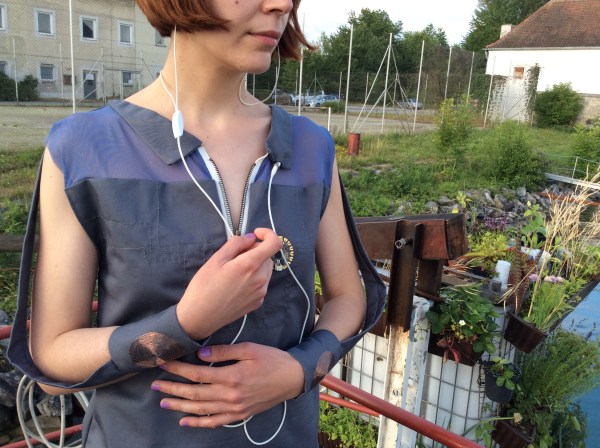
 This project is
This project is 








